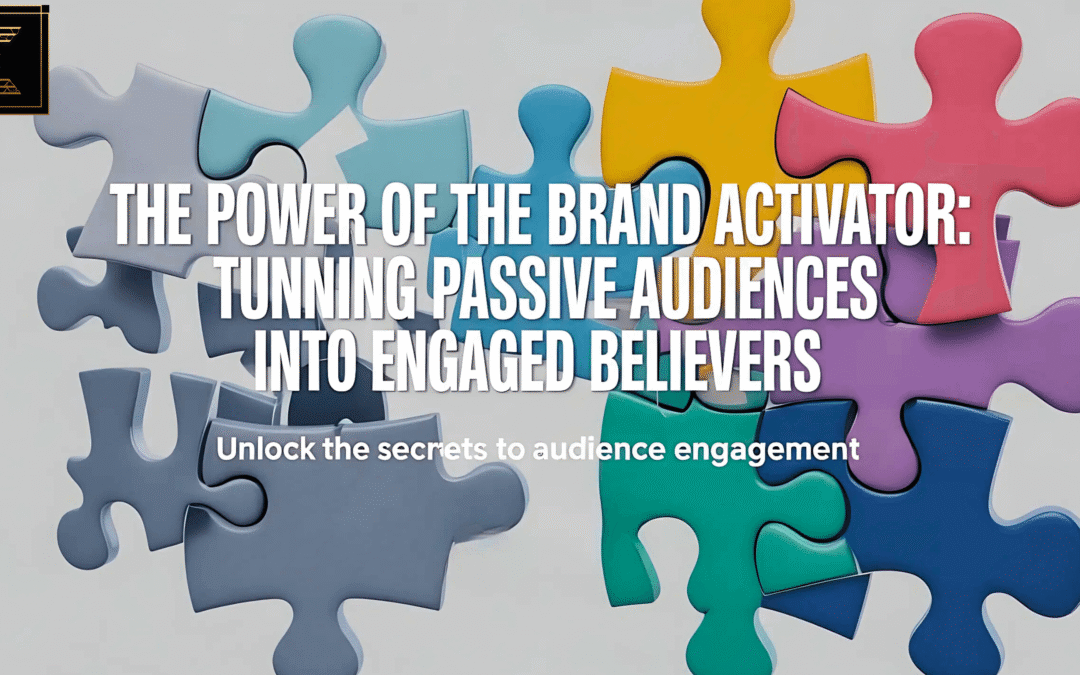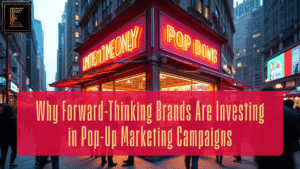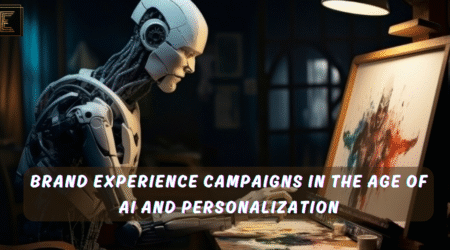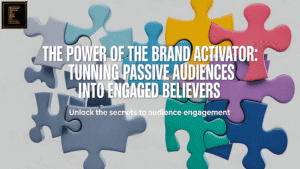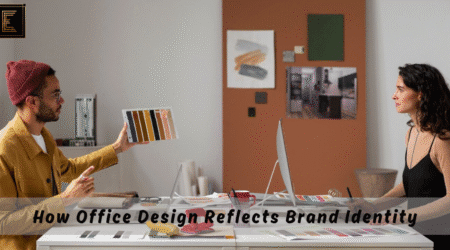Table of Contents
In today’s hyper-competitive business landscape, especially across vibrant markets like New York and New Jersey, your physical space is more than just a location. It’s a powerful opportunity to create a lasting impression. For retail brands, hospitality venues, corporate offices, and even restaurants, crafting immersive, brand-aligned environments isn’t just a design choice—it’s a strategic business move.
With the rise of experiential design, consumer expectations are evolving. Customers want more than products and services—they crave experiences that resonate. That’s where Elegantize Designs comes in. We specialize in transforming ordinary commercial interiors into meaningful, interactive brand experiences that not only attract foot traffic but also activate passive audiences and turn them into engaged brand believers.
What Is Experiential Design and Why It Matters in 2025
Experiential design is the art and science of shaping physical environments to tell a story, evoke emotion, and drive engagement. It combines spatial planning, branding, psychology, and technology to create environments that foster deep connections between a brand and its audience.
In 2025, as consumer behavior insights become more data-driven and nuanced, businesses must move beyond aesthetics. Whether it’s a retail flagship, a wellness lounge, or a luxury restaurant, your space needs to feel like your brand. When done right, experiential design amplifies emotional branding, increases dwell time, and ultimately boosts brand loyalty.
Industries That Benefit Most from Experiential Spaces
Experiential design is no longer just for high-end showrooms. These industries can benefit the most from immersive, branded environments:
Retail Brands
Today’s shoppers expect more than shelves—they want an interactive experience. Thoughtfully designed spaces guide customer flow, highlight bestsellers, and tell a cohesive brand story.
Restaurants & Hospitality
Ambiance is part of the menu. From themed décor to sensory elements like lighting and scent, these spaces benefit immensely from emotional branding examples that create shareable, memorable moments.
Corporate Offices
Employee satisfaction starts with the workspace. Experiential design promotes productivity, creativity, and wellbeing—reinforcing your internal brand culture.
Wellness & Lifestyle Brands
From yoga studios to spas, the environment should reflect the lifestyle it promotes. Warm textures, natural lighting, and biophilic design build emotional connections with clients.
Creative Agencies
Inspiration should live in the walls. Unique, functional, and brand-consistent office design fuels creativity and positions agencies as thought leaders.
The Elegantize Design Process: Branding to Buildout
At Elegantize Designs, we take pride in our full-spectrum experiential approach. Here’s how we bring your brand to life through space:
1. Discovery & Brand Immersion
We begin by understanding your brand, audience, and goals. What makes your business unique? What emotions do you want to evoke?
2. Ideation & Conceptualization
Using consumer behavior insights and brand engagement strategies, we develop immersive concepts aligned with your identity and customer journey.
3. Design & Detailing
This is where ideas meet execution. From layout flow to material selection and tech integrations, we ensure every element is intentional.
4. Activation & Execution
Our team coordinates the buildout process, ensuring on-time delivery and flawless transformation—from initial sketches to final reveal.
Design Trends Shaping Commercial Spaces in NY/NJ
As trends evolve, so do audience expectations. Here are a few key design movements making waves in 2025:
Biophilic Design
Natural textures, indoor greenery, and sunlight are proven to elevate mood and well-being. Perfect for wellness spaces and forward-thinking offices.
Technology Integration
Smart lighting, interactive touchpoints, and AR/VR displays enhance audience activation techniques, helping businesses engage both physically and digitally.
Flexible Layouts
Modular furniture, open-concept zones, and adaptable elements offer multi-use potential—ideal for events, workshops, or seasonal retail transitions.
Multi-Sensory Branding
Scent, sound, lighting, and texture work together to create immersive moments that anchor your brand in memory.
How to Get Started with Experiential Space Design
Thinking about a space refresh or full-scale transformation? Here’s how to move forward:
- Assess your brand identity – Are your values, tone, and mission reflected in your space?
- Understand your audience – Dive into consumer behavior insights to align your space with what customers want.
- Set a measurable goal – Whether it’s increasing footfall, boosting social media mentions, or enhancing team morale, define what success looks like.
- Partner with experts – A design team like Elegantize doesn’t just make your space look good—we make it work hard for your brand.
Final Thoughts: Brand Activation is the Future of Design
In today’s experience-first world, brands that invest in engagement-driven spaces don’t just get noticed—they get remembered. Whether you’re a boutique retailer, luxury hospitality venue, or growing startup in New York or New Jersey, immersive design isn’t a luxury—it’s a necessity.
At Elegantize Designs, we specialize in turning physical environments into strategic assets. With our consumer behavior insights, deep branding knowledge, and creative expertise, we help businesses like yours convert passive audiences using brand activators that build loyalty and drive growth.
FAQs
1. How do brand activators influence consumer behavior?
Brand activators engage multiple senses and emotions to shift how customers perceive your space. They help create trust, recognition, and action by delivering consistent, immersive brand messaging.
2. What’s the best way to turn passive followers into engaged customers?
Use audience activation techniques like interactive displays, personalized touchpoints, and emotionally resonant design to increase participation and loyalty.
3. Which branding strategies build loyal customers?
Emotional branding examples—like storytelling murals or scent branding—create memorable experiences that foster deep brand relationships.
4. How to convert passive audiences using brand activators?
Start with consumer behavior insights to understand your audience, then design spatial elements that connect emotionally and practically with them.
5. What are effective strategies for audience engagement through branding?
Implement multi-sensory design, utilize technology for interactivity, and ensure your physical space reflects your bra

